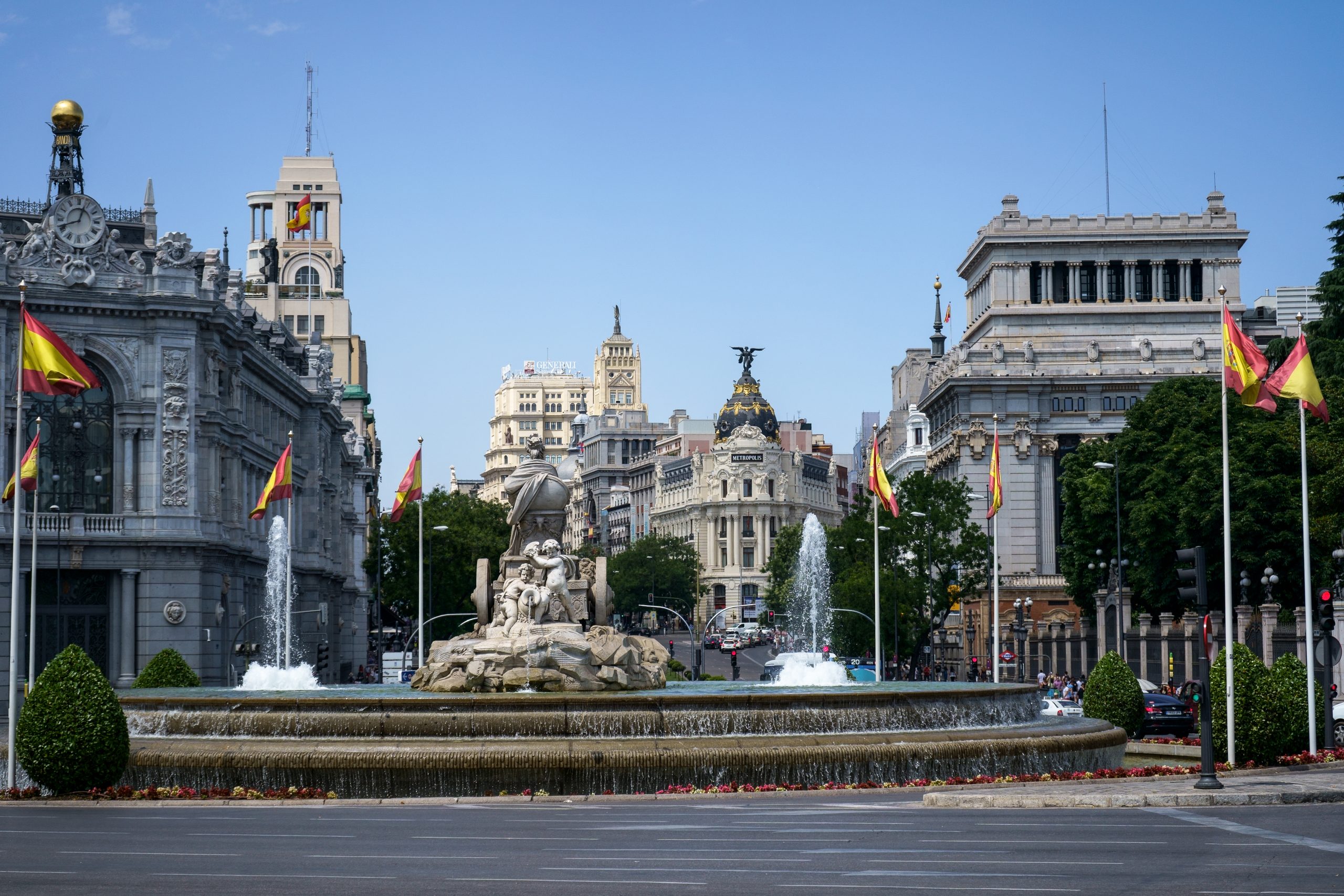¡Buenos días!
Generally I like to leave greetings to Hallmark, but I thought I’d take this opportunity to talk about them a little bit.
One of the many things that really confused me when I arrived in Spain was greetings. Salutations in Spanish are not difficult; “buenos días”, “buenas tardes”, and “buenas noches” should have you pretty much covered. I figured, as long as I kept the masculine and feminine straight, I’d be fine.
Not exactly.
As an estadounidense, I’m accustomed to saying “good morning” until approximately noon, until it is, in fact “good afternoon”. I mean, the word is after NOON, right? I kept getting confused looks from Spaniards when I’d greet them with a “buenas tardes” at the crack of 12:01 PM, so finally I asked a Spanish friend of mine. He laughed, and explained that, typically, people say “buenos días” until you’ve eaten lunch, which is generally between 1:00-3:00 during the weekday. It took a little getting used to, but I finally got used to hearing “buenos días”, or a good ol’ “good morning” from my English speaking colleagues, sometimes even until half past two.
“Buenas tardes” seems to be the phrase you use until around the time the sun goes down, or you have dinner. A highly scientific series of polls of my colleagues over a cafe con leche in the school cafeteria has lead me to conclude that most people say “buenas noches” only before leaving your friends after a night out, or you’re about to go to sleep.
Got all that?
Turns out you can just say “buenas” anytime you need to greet someone. Good thing we went through all of that though. As I write this, one of my colleagues has come in and out of the teachers room twice. Upon entering, each time, he said “hola”. Nobody looked up, but they all said “hola” or the ever popular “buenas”. This is something I thought was really strange too.
Sitting in the waiting room at the doctors office? Every person who walks in will address the general presence in the room with “buenas”. And then everybody in the room repeats it back to them, robotically, almost, it seems like. One day you’ll be thinking to yourself, “this is so weird,” but before you know it, you’ll hear your voice in the chorus of “buenas”. Perhaps the most important thing to understand about acknowledging people in Spain is that you’ll be giving dos besos (two kisses) to everyone you meet here. Every time you see them. And pretty much every time you leave them.
Here’s what I wish I’d known when I got here:
- This is normal. Everybody does it. Colleagues, friends, new acquaintances, people you’ll probably never see again, your therapist… You get the picture.
- Always go to the right. This will save you a lot of trouble.
- You’re not actually kissing the person’s cheek. Not like, full on kissing, anyway. For me it’s usually like a cheek touch. Sometimes people make a kissy sound though, which I suppose is a nice touch.
- If you wear glasses, give yourself some extra space going to accommodate. Give yourself even more space of the person you’re greeting is also wearing glasses.
- It’s totally cool if you put your right hand on their left shoulder.
One final thing: “Hasta luego” is very common, and people say it all the time, even if they’ll never see the person they’re speaking to again. “Ciao”, and “adiós” are also totally fine.
Thanks for reading, and I’ll catch you next time.
¡Hasta luego!


Claire Jones is a Franklin Alumni, Master in Bilingual & Multicultural education 2016-2017

